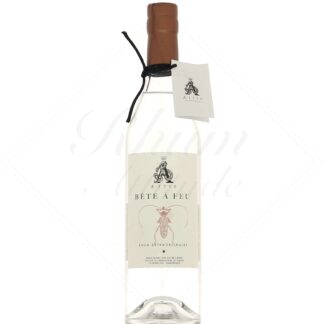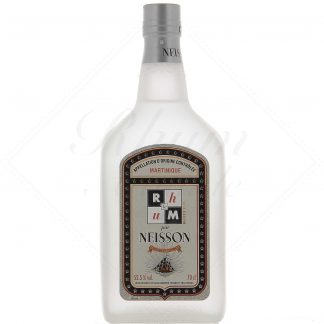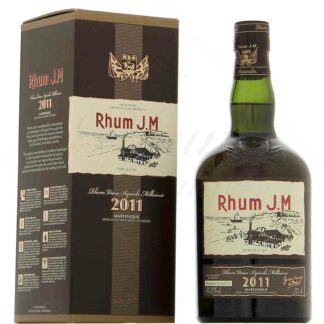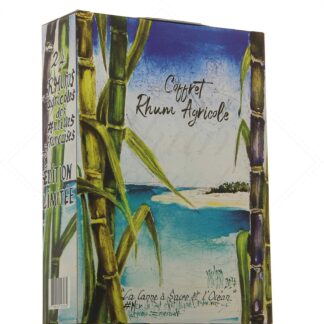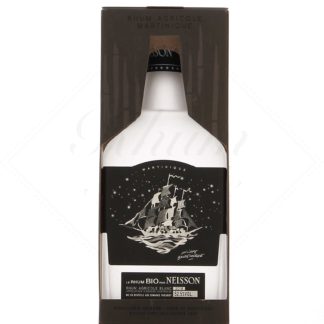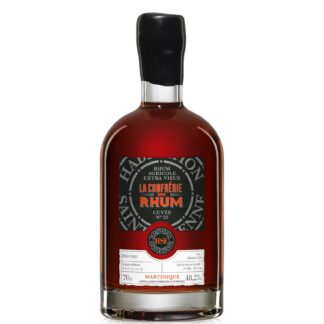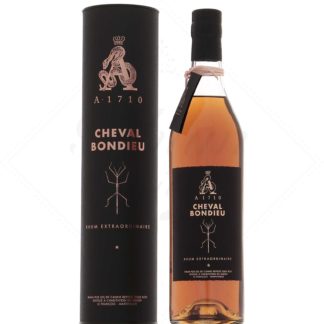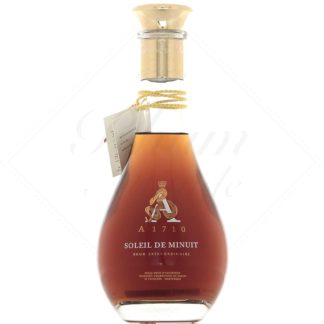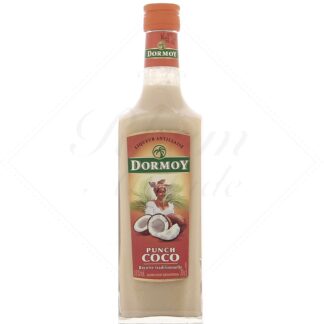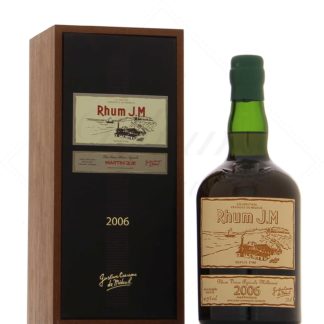Martinique
The history of Martinique rum
From the time of French settlement in the early 17th century, the island of Martinique became a giant of sugar production. The residues of this sugar production were also used to make the ancestor of rum, an alcoholic beverage called guildive or tafia, which was not comparable to a grand cru, to say the least. Improvements in distillation techniques by Père Labat at the end of the century led to the widespread use of stills on cane plantations.
The island did not immediately become the benchmark for agricultural rum in the West Indies that it is today. As elsewhere, molasses rum was the main type of rum produced. Only a few small distillations of pure juice were carried out very locally.
Rum from the French West Indies has had its share of ups and downs over the centuries: often in competition with spirits from mainland France, whose protectionist policies it has had to contend with, it has always been there when France was short of wine spirits (Cognac, Armagnac...), as during the Phylloxera crisis that ravaged the vineyards in the 1880s.
At the same time, competition from sugar beet led to a concentration of activity in large factories, particularly around Saint-Pierre, which was then the rum capital of the world. Small, isolated planters were sidelined and began to use their cane exclusively for rum, bypassing molasses. Agricultural rum as we know it today was born.
After the eruption of Mount Pelée in 1902, which destroyed Saint-Pierre and killed 30,000 Martiniquans, it was these small planters who took over, with agricultural rum accounting for a third of the island's production.
In the 20th century, rum from Martinique once again enjoyed periods of great success, as when it was taken to the front by soldiers in the First World War. This success was soon to fall victim to the wrath and pressure of brandy producers in mainland France, who once again obtained quotas.
The number of distilleries dropped once again, and activity focused on agricultural rum. Quality continued to improve, culminating in the award of an AOC (Appellation d'Origine Contrôlée) in 1996. This appellation, with its extremely demanding criteria, enshrines the expertise of Martinique's agricultural rum producers.
The Concours Général Agricole has awarded a number of gold medals to heavyweight bottlers such as Clément, Dillon, HSE etc...
Martinique's agricultural rum production
Martinique rhum agricole is made exclusively from pure cane juice (vesou), fermented for no more than 72 hours.
Distillation takes place in a Creole copper column, from which the rum flows at an alcoholic strength of between 65 and 75%.
The white rum is left to rest in a stainless steel vat before being brought to the desired alcohol level with spring water.
Wood-aged rums (amber) are matured in oak foudres (large wooden vats) for at least 18 months, and aged or very aged rums are matured in oak casks (mainly ex-Bourbon casks) for at least 3 years.
Read our article on the different types of rum and how they are made.
The different distilleries in Martinique
Today, there are 9 distilleries still "smoking" in Martinique, including a sugar refinery that produces industrial molasses rum. The concentration of production and the acquisition of brands by various groups have led to some rums being grouped together in a single distillery, as in the case of La Mauny and Trois Rivières.
A1710
Initiated by an old family from Martinique, this young distillery is located on the Habitation du Simon, near the distillery of the same name in the commune of Le François. It produces non-OCA white rums (some of which are organic), using traditional stills and long fermentations. The brand also offers blends of rums from various distilleries in Martinique and Guadeloupe.
Le Simon
This former sugar refinery ceased its industrial activity in 1938 to devote itself to the production of rhum agricole. Located in Le François, in the east of the island, it has four Creole columns with which it distills vesou for Rhum Clément and HSE. The brands transfer the rum to their own premises, where it is bottled or aged.
Clément rums have a large reserve of aged rums. They were the first to introduce single-varietal white rums, and are now conquering new territories.
HSE rums are dynamic and modern. Following the brand's complete makeover from Habitation Saint Etienne to Rhum HSE, they have innovated by offering vintage white rums and finishes in different types of casks, which have previously housed great wines, for example.
Depaz
After being completely destroyed in 1902 by the eruption of Montagne Pelée, Habitation La Montagne was restored by Victor Depaz, the sole survivor of his family (he was studying in Bordeaux at the time). The rum produced there now bears his name. The distillery uses cane from its own plantation and produces a full range of rums, from 50% white to XO aged rums and vintages.
Since 2006, the distillery has also been home to the column for Dillon rums. Dillon. The brand still ages its rums at its historic site in Fort de France, and they are among the best value for money on the market.
Saint James
The Saint James brand was created in 1882 by a merchant from Marseilles, who used four different Martinican distilleries. Distillation is now entirely concentrated at the Sainte-Marie site, which is currently Martinique's largest rum supplier. Its vast plantations almost cover its sugarcane requirements, which are all the more important as Saint James also distills for Bally, Madkaud and Hardy.
Jacques Bally is a pioneer and visionary in the world of agricultural rum. This engineer built his own distillation column, and above all, after meeting Cognac and Armagnac makers during a trip to Paris for the Universal Exhibition, he was the first to import the notion of vintage and to work rums in the same way as the more prestigious eaux-de-vie of the time.
Madkaud rum was created in 1895 by the son of a slave. It enjoyed great success in the 50s and 60s, before disappearing and undergoing a veritable renaissance under the impetus of Stéphane Madkaud. The original distillation column is no longer in use, but the Sainte-Marie distillery makes special adjustments specific to the brand's style.
Based in Tartane, at the entrance to the Caravelle peninsula, Hardy Rum is a modest brand, but one that occupies a special place in the hearts of Martinican connoisseurs. His range is only sold locally.
Here are some photos of the Saint James distillery.
JM
The JM distillery is located in the north of the island, in Macouba. This magnificent site has been producing one of the most renowned and prized aged rums since 1845. It has passed through the hands of various families and groups, and has undergone constant modernization. The estate is self-sufficient in sugarcane and benefits from an exceptional terroir, on the slopes of Montagne Pelée and close to the ocean. The Rhum JM range extends from white to very old 15-year-old rums, as well as a number of prestige decanters.
La Favorite
This is one of the two independent, family-run houses in Martinique. Located between Fort-de-France and Le Lamentin, it has retained its early 20th-century steam engine. It is therefore self-sufficient in energy, this machine being powered by bagasse (what remains after the cane has been crushed). It produces two types of rums, one in a copper column and the other in a half-steel, half-copper column. Particularly famous for its prestigious La Flibuste cuvée, the company has diversified enormously in recent years, offering a number of exceptional cuvées, bottled in both white and aged varieties.
La Mauny
The distillery is located in the commune of Rivière Pilote, in the south of the island. It was acquired by the Comte de La Mauny in 1749. It is one of the distilleries that converted to the production of agricultural rum during the sugar crisis. Despite a large sugarcane plantation, its raw material requirements are considerable, and it calls on the services of several small local farmers. As part of a major modernization program, the range is regularly enhanced with new references and original products. It also houses the distillation column of another giant: Trois Rivières, as well as that of Duquesne, a brand reserved for the local market.
Rum Trois Rivières is one of Martinique's must-haves. Its plantation is one of the oldest on the island. Its original distillery ceased operating in 2004, but its equipment is still in operation at the La Mauny site. The brand is behind some of the most prestigious agricultural rums.
Duquesne is a brand distributed exclusively in Martinique. This rum is produced on a modern distillation column dating from 1992. Bought by Trois-Rivières in 1953, it was the brand under which Trois-Rivières rums were distributed until 1972. Its distillation facilities also moved to Rivière Pilote in 2004.
Neisson
This is Martinique's other independent distillery, but also its smallest. But that doesn't stop it from being the most recognized locally, with its famous " Zepol'Karé " bottle inviting the most esteemed friends to the table. Located on the western seafront, it was the first to gradually convert its cane plots to organic farming, and works with its own yeasts. Its Savalle column alone is a monument to Martinique, and it has become a master at maturing its aged rums. It's her exacting standards that delight connoisseurs today, and make her name shine far beyond the Caribbean.
Le Galion
Martinique's last remaining sugar refinery produces a white molasses rum called Grand Fond Galion, and supplies quantities of bulk rum to supermarkets. But above all, it jealously guards the secret of its Grand Arôme, a full-bodied, long-fermented molasses rum with exotic fruit aromas, which is used in a variety of applications (rum blending, food processing, perfumery...) for its extraordinary aromatic power.
Read about Laura's world tour of rums and her visit to Martinique on our blog.
How to drink Martinique rum
Martinique rhum agricole is a rather dry rum. No sugar is added, and the freshness of the vesou comes through in the final product. White rum is usually drunk as a Ti punch, but a few white tasting rums have been appearing for some time now.
Amber rums can also be enjoyed in Ti'punch or various cocktails, while aged rums are best enjoyed neat, although Ti'vieux is widely tolerated!
Don't miss: the finesse of the liqueur Shrubba low-alcohol, orange-peel-based liqueur that's perfect for the festive season.
To taste it
You'll appreciate the beautiful color of our aged rums, the fruit of our mastery of the art of aging.
The nose is often woody, with mellow tannins and nuances ranging from spices to undergrowth and dried fruit. Take time to appreciate their complexity.
On the palate, these rums are quite dry and woody, with a slight bitterness of lime zest and pepper. Of course, these are the most common aromas, but their diversity is infinite, depending on the work done on the rum and the palate of each taster.
Cocktail recipes using Martinique rum
Le Ti-Punch
More than a cocktail, it's one of the staples of the West Indian art of living. Choose a minimum 50% white rum to get the most out of its intensity.
The ingredients are simple:
- 4 cl white rum
- A few grains of cane sugar
- Lime zest with more or less pulp
As we say in the West Indies, " Everyone prepares his own death ". In general, the better the rum, the less sugar and lemon.
Here's Ti'punch my way:
½ level teaspoon of sugar, then I squeeze a lime cheek with little pulp. I dissolve the sugar with the lemon, pour in the rum and stir more or less as I taste (this is the advantage of sugar grains over cane syrup).
Le Punch Planteur
There are as many planter recipes as there are families, and all claim to be the real thing. But there's one basis on which everyone will agree:
- 70 cl white rum
- 30 cl amber or aged rum
- 3 liters of various exotic fruit juices
- Juice of 3 limes
- Spices (cinnamon, nutmeg, cardamom...)
- Cane sugar syrup (optional)
Mix all these ingredients and leave to macerate in a cool place for 1 or 2 days. Serve with or without ice. Read less
-
-
-
-
-
-
2024 Rhum Agricole Advent Calendar – 24 48.41° agricultural rums
- Guadeloupe
- 48.41 ° - 55 cl
2 notice -
-
-
-
-
-
-
-
-
-
